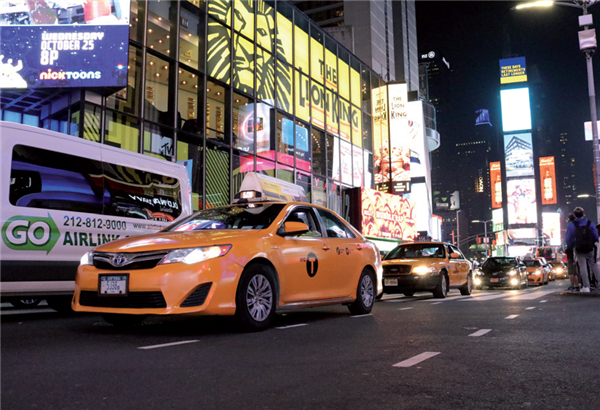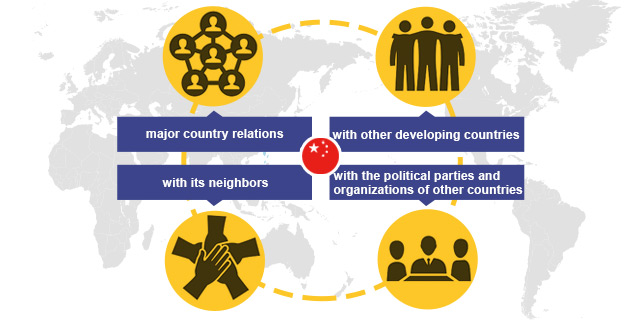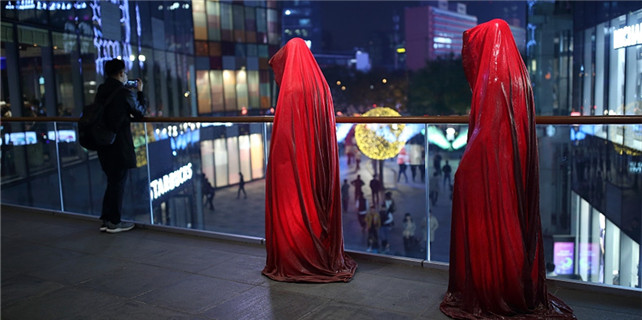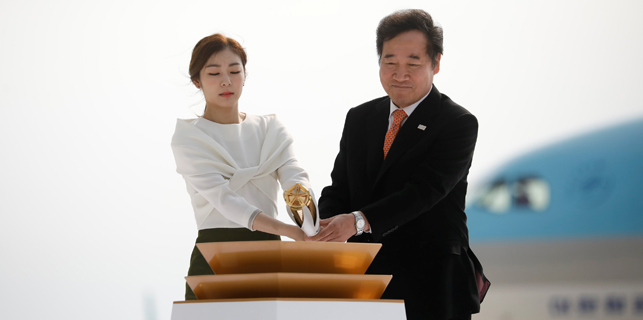How Times Square was reborn
 |
|
Times Square in New York is always bustling with people and traffic. |
The city and state governments joined forces to revitalize and reinvent Times Square, employing tax breaks and zoning laws to encourage the cleanup, including a law requiring property owners to put advertising on their buildings.
Chinese brands have placed particular emphasis on advertising spots at the Times Square. Brands including wine and airline have appeared here. "There were two initiatives on the part of the city to clean up Times Square and particularly West 42nd Street," said Lynne Sagalyn, a professor of real estate finance at Columbia University and the author of Times Square Roulette: Remaking the City Icon (MIT Press, 2001).
The first part was the redevelopment of 13 acres on 42nd Street between Seventh Avenue and Broadway. After years of complaints and false starts, Mayor Edward I. Koch and state officials announced the rejuvenation in 1980.
The project replaced "bad uses" — the pornography and sex trade evidenced by pimps, shows and theaters — with entertainment and businesses, according to Sagalyn.
"The second initiative was the midtown zoning resolution in 1982, which defined a special district in midtown to encourage development to move westward," Sagalyn said.
These zoning rules allowed for major retail stores on Fifth Avenue and protected landmark theaters in the entertainment sub-district around Times Square. Experts credit these regulations with helping to transform the once-seedy square into an international destination and fostering development further west.
The significant tax incentives got people to build either hotels or office towers there, Tompkins explained.
"The idea was if you brought a bunch of positive activities to the place, the tourists and people would just walk to the neighborhood and that would provide some counter-point to the negative activities associated with the sex industry," he said.
Ultimately these public policy tools did make a difference, said Tompkins.









